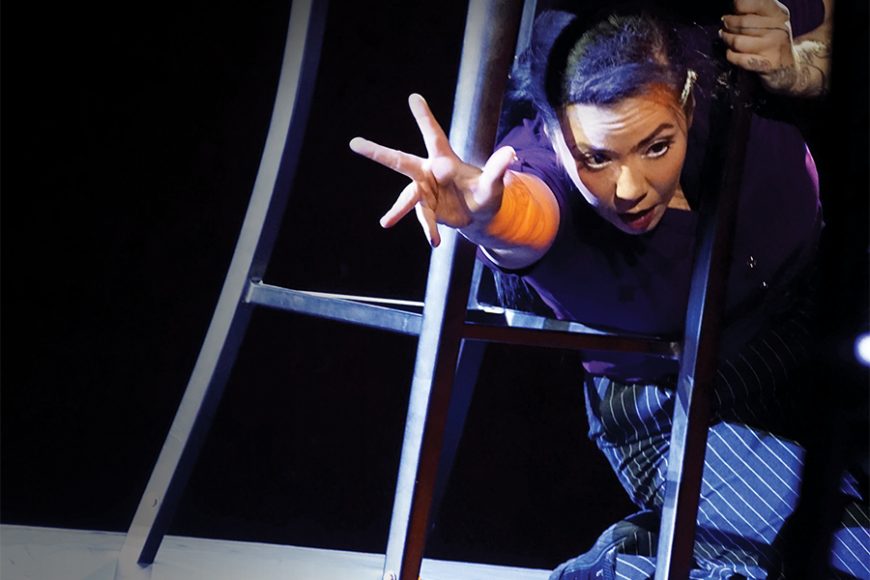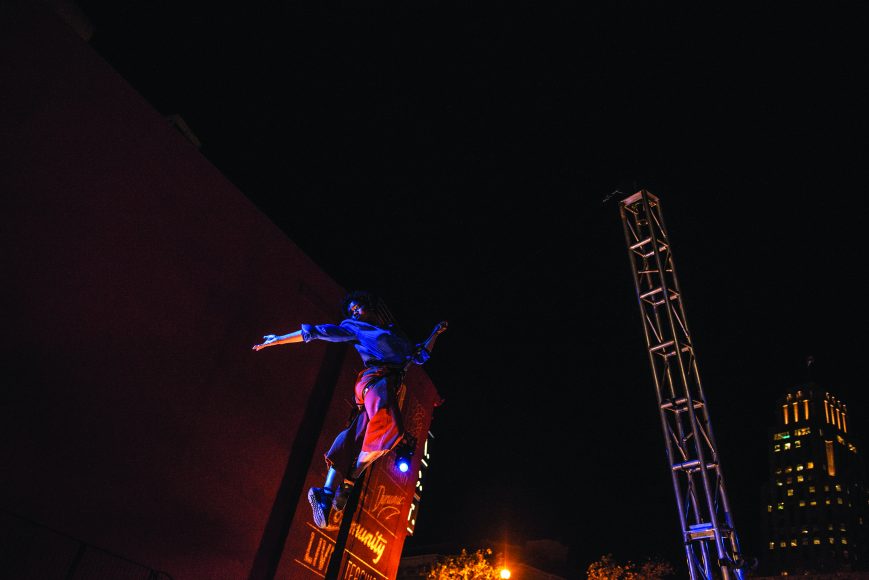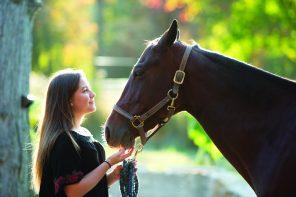We often speak of being incarcerated as “doing time.”
But the subject of prisons and prison reform is also both timely and timeless, says Brent D. Glass, interim executive director of the Sing Sing Prison Museum (SSPM), which will be partly opened late next year on the grounds of what is considered to be America’s most historic active prison, Sing Sing Correctional Facility in Ossining.
Why do we have prisons? Are they about retribution or rehabilitation? Or are they really about the protection of society, which might change the makeup of the prison populations, as there are undoubtedly people now incarcerated who pose no threat and those who offer a continual danger out on the streets?
These, Glass says, are among the open-ended questions that will be explored in a museum whose primary mission will be historical and educational. (In 2017, the museum secured its educational status from the New York State Board of Regents and nonprofit status from the Internal Revenue Service.)
Sing Sing has always had a touch of Hollywood glamour. It’s the “big house up the river” where Humphrey Bogart, James Cagney and Edward G. Robinson were always being sent in Warner Bros. movies of the 1930s. (Indeed, “20,000 Years in Sing Sing,” a 1932 Warner Bros. film starring Spencer Tracy and Bette Davis, was based on Warden Lewis Lawes’ 1931 memoir. And movie buffs will remember that Audrey Hepburn’s Holly Golightly delivers the coded “weather report” to mobster and Sing Sing inmate Sally Tomato in the 1961 romantic comedy “Breakfast at Tiffany’s.”)
So naturally, the museum will include the big names who have resided there, including bank robber and escapee Willie Sutton, “Son of Sam” serial killer David Berkowitz and Julius and Ethel Rosenberg, the only American civilians to be executed for espionage during the Cold War. (The Rosenbergs were electrocuted on June 19, 1953.)
But as their case suggests, the history of Sing Sing is far grittier and more complex than a litany of “star” inmates, says Glass, director emeritus of the Smithsonian’s National Museum of American History. It begins in 1825 with 100 inmates from Auburn State Prison (now the Auburn Correctional Facility) building their new Cellblock in Ossining near a rock quarry. (Sing Sing, Indian for “stone on stone,” was the original name of the village.)
“It was an awful place, filled with disease and no sanitary conditions,” Glass says of the building — 6 stories high, 476 feet long and 44 feet wide. Each of the 1,200 cells in the building, which was completed in 1828, was 7 feet long, 6½ feet high and 3 feet, 7 inches wide — about the size of a yoga mat, he adds — with only a cot, a Bible and a bucket. A separate women’s prison, the first in the country, was operated in a neighboring building styled as a Greek temple from the late 1830s until 1877.
It wasn’t until the 20th century that the idea of prison reform took root at Sing Sing. Warden Thomas Mott Osborne (1914-16), who went undercover as a prisoner to experience the abuses firsthand, raised the prescient question: “Are prisons human repair shops or human scrap heaps?” Osborne instituted the Mutual Welfare League, which gave prisoners a good measure of self-rule, only to be slandered by the inmates who ruled others through intimidation. Though he resigned after a brief tenure, fed up with the politics that opposed his reform measures, his work lives on in the Osborne Association, which provides services for prisoners and their families.
While some punishments, including a form of waterboarding called the “shower bath,” were outlawed in the early 20th century, modern ones had already been introduced. From the 1890s to the 1960s, Glass says, 614 people were executed in the electric chair, considered less public than hanging, the majority in the 20th century. (New York stopped executions in 1984, abolishing the death penalty in 2007.)
Electricity for Sing Sing and its electric chair would ultimately come from the Powerhouse, built outside the prison’s walls in 1936. Now used for storage, it will become the 25,000-square-foot museum, a home to exhibit space, classrooms, a conference room and a theater, connecting to the original cellblock through a secure 300-foot corridor.
The Powerhouse — a portion of which will open late in 2020 as a preview center, with the entire museum inaugurated in 2025 to mark Sing Sing’s bicentennial — will bring the story of Sing Sing into a present in which new reformatory chapters are unfolding.
“Superintendent Michael Capra places a high priority on rehabilitation,” Glass says. In that spirit, he adds, prisons are called “correctional facilities;” the imprisoned, “incarcerated;” and wardens, “superintendents” — the language both reflecting and helping to create the reality.
Sing Sing is one of five correctional facilities that participates in Hudson Link for Higher Education in Prison, providing the present and formerly incarcerated with college education, life skills and re-entry support. Among those who qualify, the recidivism rate is less than 2 percent. In 1996, Katherine Vockins founded Rehabilitation Through the Arts at Sing Sing to give inmates and former inmates a means of self-expression and, perhaps, a new livelihood. There’s also a garden program, in which 10 to 15 men from the prison’s mental health unit of about 220 took part over the summer, working in teams effectively, Glass says, “Planting something, watching it grow and blossom, working with the other men — this was a very positive experience.”
The museum has also embraced the larger Ossining community. In September, it joined forces with Bethany Arts Community to present the East Coast premiere of “The Wait Room,” an outdoor dance piece by San Francisco’s Flyaway Productions, about the women who wait for incarcerated loved ones. And the museum received a grant from the Westchester Community Foundation to develop a criminal justice curriculum for Ossining and Peekskill High Schools that would include an interdisciplinary, college-level course.
It’s part of the museum’s three-pronged mission, not only to tell the story of Sing Sing and buoy the local economy but to “challenge people to reimagine the criminal justice system and work for a better society.”
For more, visit singsingprisonmuseum.org.






